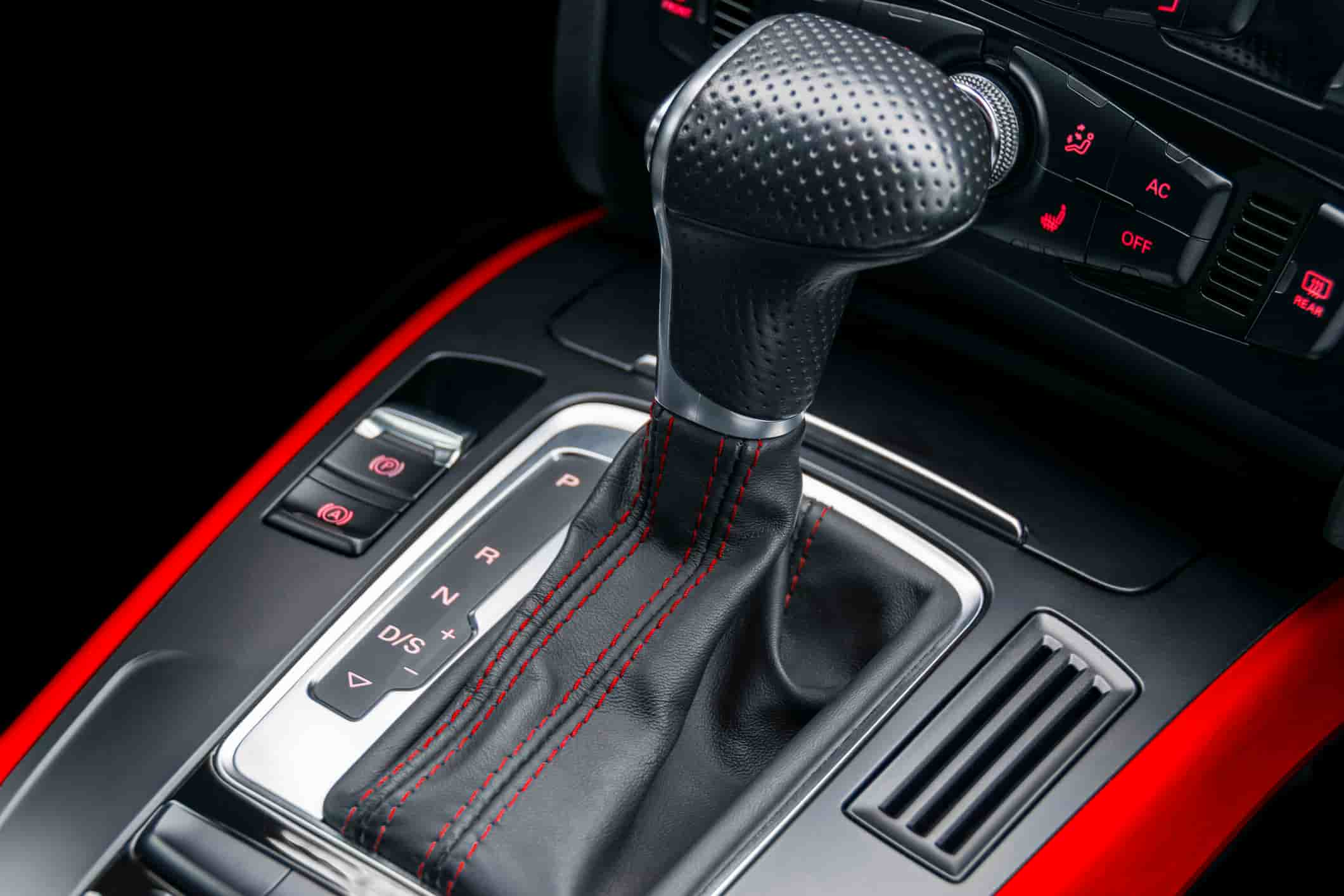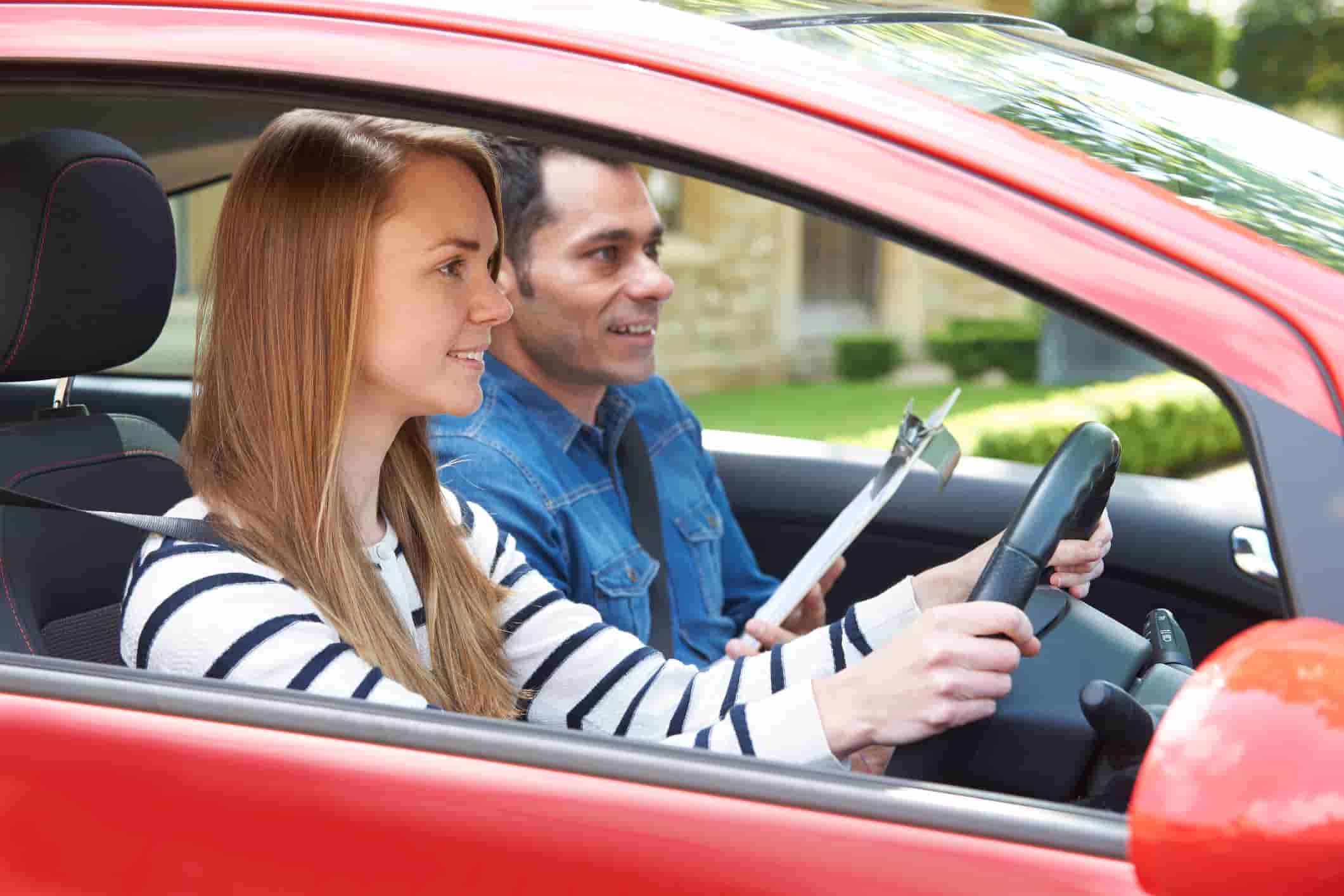Automatic vs. Manual: Which Car Should You Learn To Drive?
WEIGH THE PROS AND CONS OF AUTOMATIC VS. MANUAL

When learning to drive, one of the biggest considerations at the start is whether you should learn to drive with an automatic or manual car.
It’s worth considering the pros and cons, as this decision will impact your driving licence and what you can legally drive once you’ve passed your test.
In this article, we’re going to take an in-depth look at what to consider when choosing to learn to drive with an automatic or manual car, including the advantages and disadvantages of driving automatics only and advice from a professional driving instructor.
Can I Drive A Manual Car With An Automatic Licence?
In Ireland, if you pass your driving test in a car with a manual transmission, you can drive both manual and automatic cars. However, if you pass your test in an automatic car, you’re restricted to driving cars with an automatic transmission only, and code 78 will appear on your licence to indicate this.
If you decide later that you want to drive a manual car, you will have to apply for a learner permit again and then sit and pass the driving test in a manual vehicle.
This could be a nuisance if you later need to drive a manual car in the future: for instance, your partner’s or another family member’s car, a rental or replacement car, or even to secure employment.
The Rise Of Automatic Cars
Sales of cars with automatic gearboxes have been steadily increasing over the last few years. Up to the end of October 2024, 66% of new cars registered in Ireland were automatic.
Much of this growth has come from the move to hybrid and electric cars, which typically use an automatic transmission. According to figures from the Society of the Irish Motor Industry (SIMI) for January - October 2024, electric, hybrid and plug-in hybrid vehicles account for close to 46% of the new car market.
With the rise in electric and hybrid vehicles, the manual gearbox is becoming rarer in new cars and driving an automatic may be far more relevant to the future of motoring.

According to driving instructor Niall Conneely of TNC School of Motoring, there is more demand for automatic driving lessons, but he thinks it’s still a few years off becoming the new normal.
“With the push towards hybrid and electric, there is also a push towards automatic driver training - but it isn't a massive surge just yet,” says Niall.
“Many first-time drivers will still find it more affordable to source a manual car as their first car. They tend to be a little less expensive on the used car market or they might be looking at getting a ‘hand-me-down’ manual car from a family member.”
But it’s not unusual these days to see a new driver pursue automatic lessons right from the start, says Niall – and there are several reasons for this.
“They might be doing practice at home in their parent’s or partner's automatic car; they might feel that cars with automatic transmissions are the future; or they might see a friend or colleague get on well with automatic driving lessons and the driving test, and they want that same experience for themselves.”
Is It Easier To Pass The Driving Test In An Automatic?
According to the Road Safety Authority, improper use of gears and the clutch is a common reason for test failures. Driving an automatic is often perceived as easier but how true is that in reality?
Niall believes driving an automatic car is easier than a manual one, but he notes that passing the driving test still requires demonstrating a wide range of skills:
“Regardless of whether the test is in a manual or automatic car, the applicant must show good observation skills, an ability to read the road ahead and react properly to hazards, a good knowledge of the rules of the road, correct road positioning, timely signals, reasonable progress where safe and appropriate, and a high level of competency with the turnabout and reverse manoeuvres,” he says.
Advantages Of Learning To Drive In An Automatic Car
Here are some of the most common advantages to learning to drive in an automatic:
- With only two pedals—one for braking and the other for acceleration—automatic cars are simpler and more straightforward to drive.
- There’s no need for clutch control, which many new drivers struggle with.
- Unless there is a fault, you are unlikely to stall an automatic car. Stalling can be very stressful for those new to driving and potentially dangerous.
- With no need to shift gears manually, the driver can keep two hands on the steering wheel and focus on other aspects of car control like smooth steering and placing the car properly on the road.
- Learning to drive in an electric car or hybrid can help you to get familiar with aspects of EV driving like regenerative braking and charging, good skills for the future as more and more cars will use this technology.
Disadvantages of Having An Automatic-Only Licence
- Buying a car: Automatics are often more expensive than their manual counterparts. For young drivers on a budget looking for their first car, there’s usually a better choice of more affordable models with manual gearboxes.
- Car insurance: A car of higher value like an automatic could be more expensive to insure. By restricting yourself to just automatic cars, you’re missing out on the option to insure a cheaper manual car.
- Car rental: Automatics can be more expensive to rent than manual cars and restricting yourself to automatics can also limit the choice available when abroad. Lower-cost manual cars tend to dominate certain car categories like small hatchbacks making automatics less accessible, especially for the budget-conscious.
- Job Opportunities: Some employers may view not having a manual driving licence as a limitation. For example, certain roles—particularly in semi-state bodies where driving is a part of the job—may require a full licence and exclude applicants with a code 78, which restricts them to automatic vehicles. Additionally, since most vans are still manual, if your job involves driving a van, having a manual licence is likely to be necessary.
Should I Learn To Drive With An Automatic Or Manual Car?
The number of new cars sold in Ireland with automatic gearboxes is growing all the time, driven by the switch to hybrid and electric models.
It seems natural that if you’re just starting out, you might consider learning to drive in an automatic. But as we’ve seen, there are still pros and cons to choosing whether to learn to drive in a manual or automatic car.

What Advice Does A Professional Driving Instructor Have For New Drivers?
“I would always say go for manual if possible,” says Niall. “If you pass the driving test in a manual car, then you are licensed to drive manual or automatic cars. If you pass the test in an automatic car, then you are restricted to driving an automatic car only.
This can be a disadvantage if you need to drive a manual vehicle for work or if you share a car with a family member or partner, or you need a to rent a car on holidays.
Manual driver training also gives drivers a better grasp of the workings of a vehicle and instils better skills for car control.”
In Conclusion
The increase in hybrid and electric car sales has made learning to drive in Ireland in an automatic more relevant than ever before. So is this the end of the manual?
While learning to drive in an automatic is becoming more common, there are still a lot of reasons why persevering with a manual gives you more freedom and options in the future.
Many drivers also consider a car with a manual gearbox to be more fun and involving to drive. While the shift to electric and hybrid cars will continue and gather pace, many car manufacturers are already developing technology in electric vehicles like the Hyundai Ioniq 5 N that simulate gear changes and engine sounds to mimic driving a car with a manual gearbox!
But if the thoughts of stalling at the traffic lights and delicate clutch control have you sweating, it might be an option to learn to drive in an automatic. In the end, the choice is yours!

